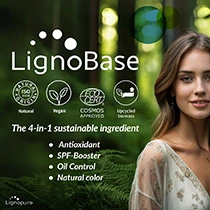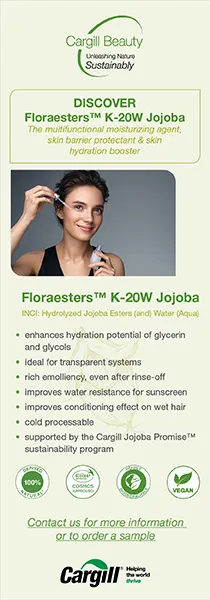Study author breaks down biosurfactant challenges in cosmetics industry
Key takeaways
- Biosurfactants offer biodegradable, low-toxicity alternatives to chemical surfactants, but face hurdles in scalability, consistency, and cost-effective production.
- Regulatory gaps, limited safety data, and consumer skepticism toward biotechnology-derived ingredients slow industry adoption.
- The cosmetics industry is shifting toward sustainable, personalized, and transparent formulations.
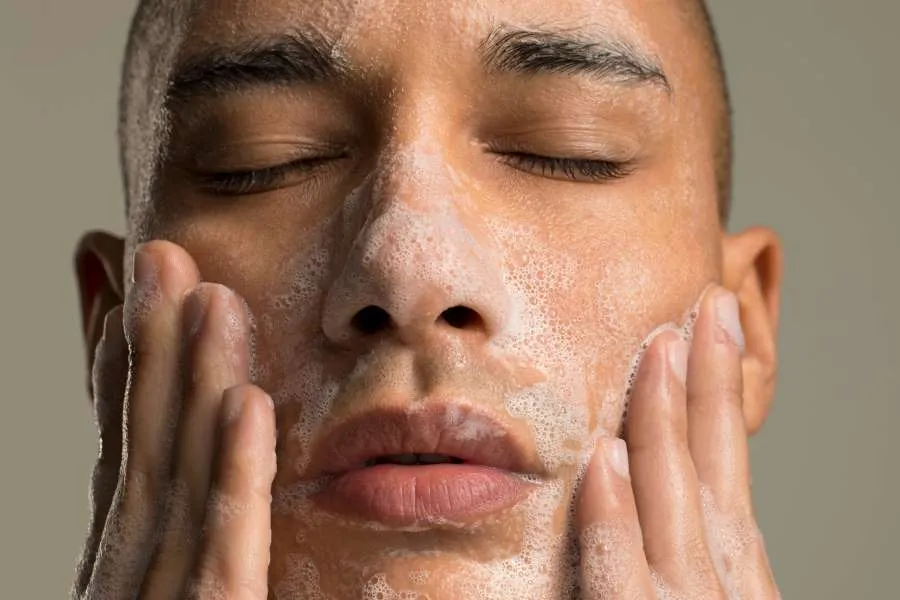
A study evaluating the challenges of surfactant use in the cosmetic industry has highlighted the urgency for biodegradable alternatives due to environmental concerns. Yet, biosurfactants bring their own hurdles, including formulation, scalability, consistency, and high costs.
Personal Care Insights sits down with Dr. Leonie Sarubbo, co-author of the study, academic and scientific director at the Advanced Institute of Technology and Innovation, and professor and researcher at the Catholic University of Pernambuco, Brazil. We delve deeper into the impact of chemical and green surfactants on the environment, examining their performance and the challenges they present in formulations.
“The cosmetic industry has a significant environmental impact throughout its entire production and consumption process. Manufacturing cosmetics often relies on non-renewable resources, such as petrochemicals and synthetic ingredients, which generate carbon emissions and deplete resources,” Sarubbo tells us.
She says packaging, especially single-use plastics, generates significant amounts of plastic waste that often end up in landfills or the ocean, harming marine life.
Additionally, many cosmetic products contain microplastics and non-biodegradable chemicals, such as certain silicones, parabens, and surfactants, which can pollute water systems when they are washed off.
“However, increased awareness and consumer pressure have pushed companies to adopt sustainable practices, such as eco-friendly packaging, biodegradable formulas, and ethical sourcing. Despite these advances, the industry’s environmental impact remains significant, emphasizing the need for ongoing innovation and accountability throughout the supply chain.”
Industry challenges
While microbial surfactants (biosurfactants) provide clear advantages such as biodegradability, low toxicity, and sustainability, they encounter several challenges that restrict their widespread use in cosmetics, says Sarubbo.
She exemplifies high production costs, as the fermentation processes required to produce microbial surfactants are often more expensive than chemical synthesis due to the use of costly substrates, low yields, and complex purification steps.
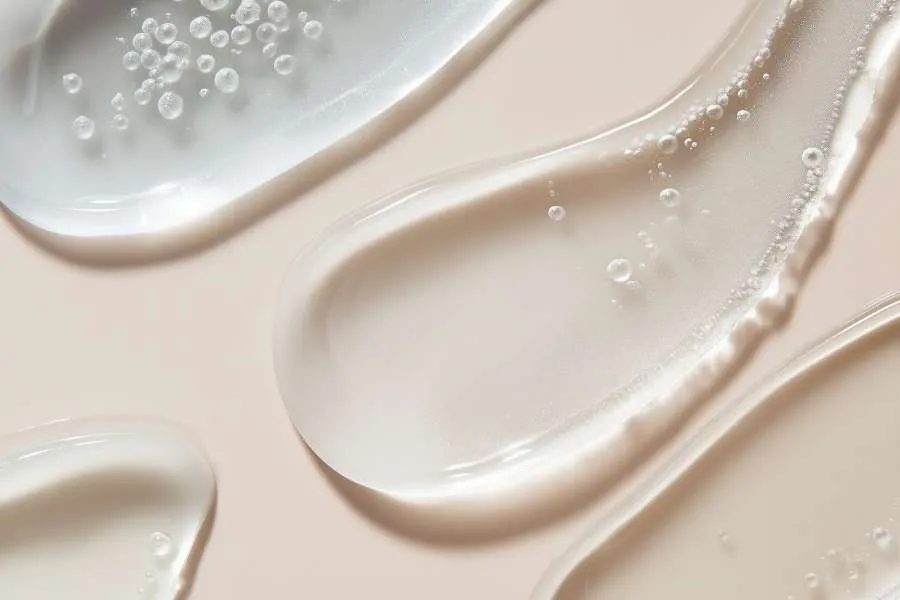 Some biosurfactants may exhibit limited stability in cosmetic formulations.Another challenge is scalability and consistency. “Maintaining batch-to-batch consistency and scaling up production from laboratory to industrial levels can be challenging because microbial growth and metabolism are sensitive to environmental conditions,” says Sarubbo.
Some biosurfactants may exhibit limited stability in cosmetic formulations.Another challenge is scalability and consistency. “Maintaining batch-to-batch consistency and scaling up production from laboratory to industrial levels can be challenging because microbial growth and metabolism are sensitive to environmental conditions,” says Sarubbo.
Some biosurfactants may exhibit limited stability in cosmetic formulations, particularly under varying pH levels, temperatures, or ionic conditions, which can affect product texture and performance.
There is also the challenge of regulatory and safety evaluation. Since microbial surfactants are relatively new, there is limited safety data and regulatory guidelines, which delay their approval for cosmetic use, explains Sarubbo.
She adds that consumer perception also plays a role. “Many consumers remain unaware of biotechnology-derived ingredients and sometimes skeptical of them, especially among those accustomed to traditional ‘natural’ labels.
Need for biodegradability
There is a growing demand for biodegradable surfactants in the cosmetic industry due to environmental, health, and regulatory concerns. Biosurfactants were previously dubbed the most promising technology in the personal care industry by Evonik.
“Traditional surfactants, especially those derived from petrochemicals, often remain in the environment after use, leading to water pollution, ecotoxicity, and bioaccumulation in aquatic organisms,” says Sarubbo.
Biodegradable surfactants, on the other hand, are designed to naturally break down into harmless substances, reducing their environmental impact.
“This supports the industry’s move toward sustainable and ‘green’ formulations, driven by both consumer demand for eco-friendly products and tighter environmental regulations.”
“Moreover, biodegradable surfactants, often derived from renewable sources such as plant oils or sugars, tend to be milder and less irritating to the skin, thereby improving product safety and compatibility for sensitive users.”
Biosurfactants help formulators reduce carbon footprint, enhance mildness, and meet growing consumer demands for high-performance, low-impact products.
Chemical vs green surfactants
Diving further into the differences between chemical (synthetic) and green (microbial, vegetable, or biobased) surfactants, Sarubbo notes that they differ significantly in terms of product performance, environmental impact, and formulation properties.
 Biodegradable surfactants are designed to break down into harmless substances naturally.“Chemical surfactants are often non-biodegradable and derived from petrochemicals, contributing to water pollution and ecotoxicity upon disposal, while green surfactants are biodegradable, non-toxic, and made from renewable raw materials (such as plant oils or sugars), leading to a much lower environmental footprint.”
Biodegradable surfactants are designed to break down into harmless substances naturally.“Chemical surfactants are often non-biodegradable and derived from petrochemicals, contributing to water pollution and ecotoxicity upon disposal, while green surfactants are biodegradable, non-toxic, and made from renewable raw materials (such as plant oils or sugars), leading to a much lower environmental footprint.”
In terms of product performance, chemical surfactants such as sodium lauryl sulfate (SLS) generally provide strong cleaning and foaming power, high stability, and low cost, making them effective for many formulations.
Green surfactants (like rhamnolipids, sophorolipids, or alkyl polyglucosides) are milder and less irritating, making them ideal for sensitive-skin cosmetics. “However, they may have a lower foaming capacity or require formulation optimization to achieve performance similar to that of synthetic options,” Sarubbo adds.
From a formulation aspect, chemical surfactants are well-understood, easy to process, and compatible with a wide variety of ingredients.
Meanwhile, many green surfactants, especially those of microbial origin, are structurally more complex. Therefore, they can be more sensitive to pH, temperature, or ionic strength, requiring careful formulation adjustments and sometimes higher production costs.
Forecast for the industry
The cosmetics industry is rapidly evolving, driven by shifts in consumer behavior, technological advancements, and growing demands for sustainability.
Environmentally sustainable beauty has evolved from an added bonus to a standard, as consumers and regulations increasingly demand transparency and traceability in the supply chain. The industry is being held to new environmental standards, responding with technological innovations and increased transparency.
Sarubbo details some prominent trends in the personal care industry. First mentioned are sustainable and eco-friendly formulations. “There’s a significant shift toward biodegradable ingredients, minimal packaging, refillable containers, and carbon-neutral production as consumers increasingly seek environmentally responsible products.”
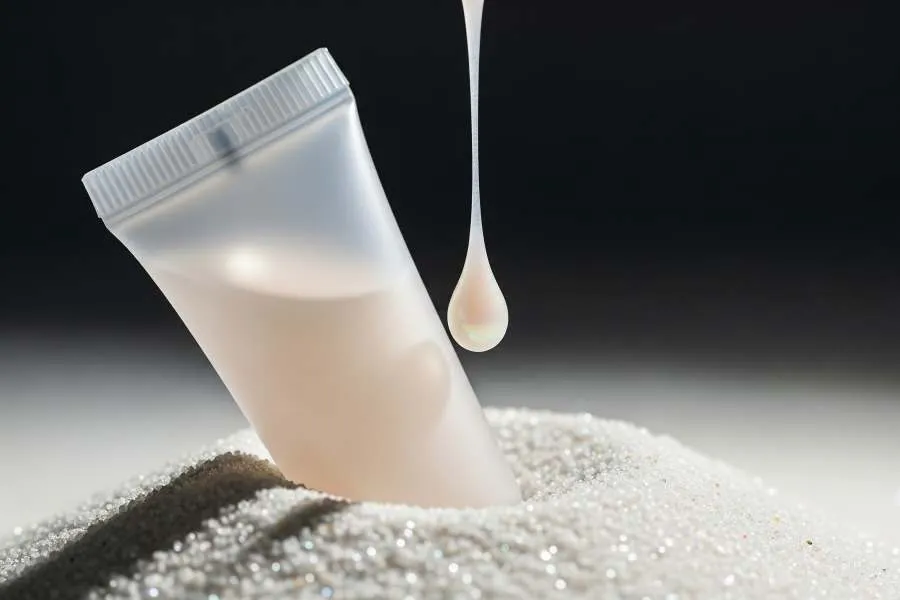 Brands are emphasizing non-toxic, transparent, and ethically sourced ingredients.Brands are emphasizing non-toxic, transparent, and ethically sourced ingredients — avoiding parabens, sulfates, and artificial fragrances.
Brands are emphasizing non-toxic, transparent, and ethically sourced ingredients.Brands are emphasizing non-toxic, transparent, and ethically sourced ingredients — avoiding parabens, sulfates, and artificial fragrances.
“Personalization is another trend for the industry,” continues Sarubbo. “Advances in AI, data analytics, and biotechnology are enabling highly personalized skin care and makeup solutions tailored to individual skin types and lifestyles.”
By incorporating biotechnology and natural innovation, companies are turning to microbial fermentation, plant-based actives, and lab-grown ingredients as sustainable alternatives to synthetic or animal-derived materials.
“In summary, microbial surfactants have great potential for sustainable cosmetics, but economic, technical, and regulatory challenges must be addressed before they can replace traditional surfactants on a large scale,” says Sarubbo.
“Currently, the cosmetics industry is characterized by a combination of sustainability, technology, transparency, and inclusivity, driven by consumers seeking ethical, effective, and personalized beauty solutions. These factors are propelling the growth of the green surfactants industry.”
The study is published in Biocatalysis and Agricultural Biotechnology.






